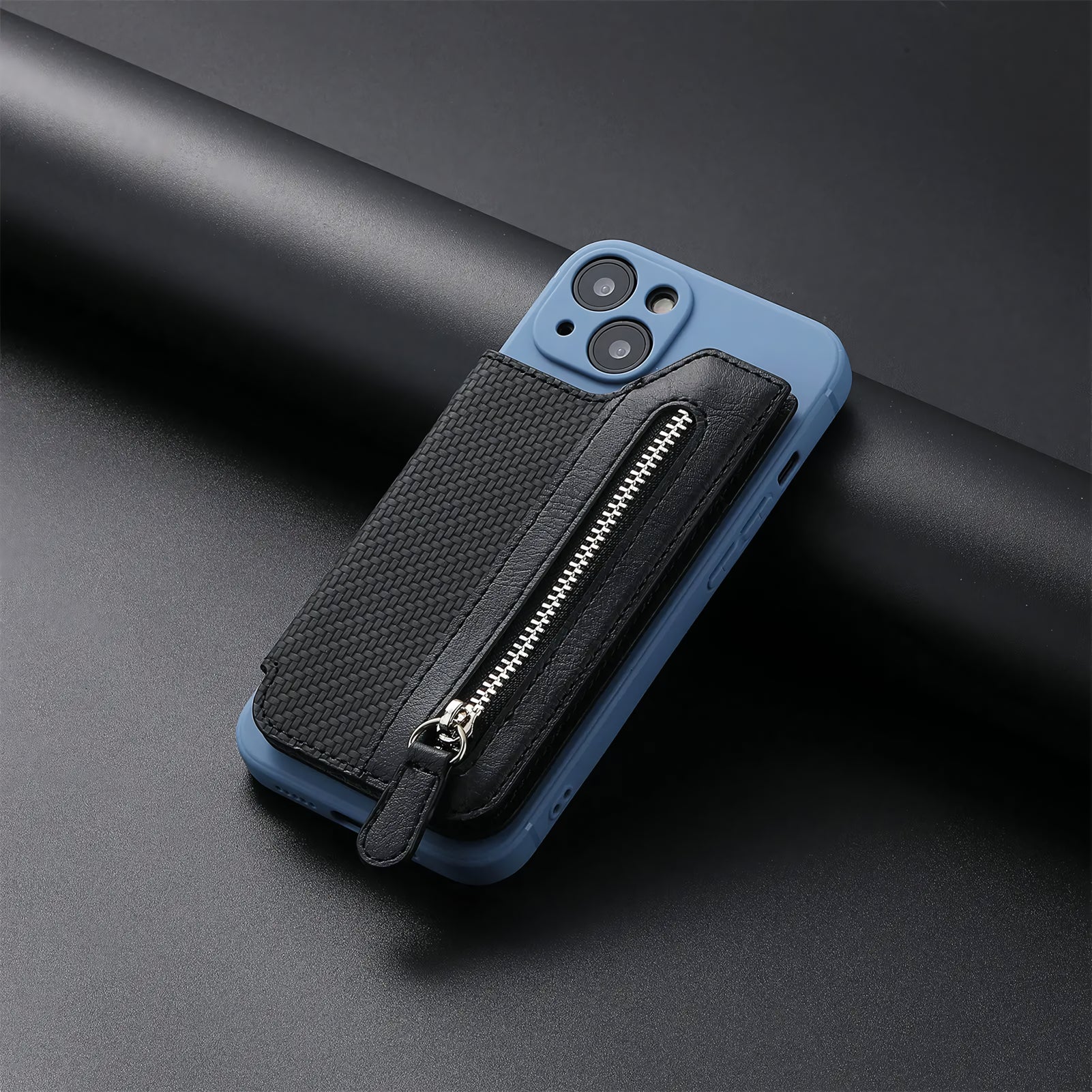A Comprehensive Journey through the Fascinating World of Clock
Introduction
Clocks have been an integral part of human civilization for centuries, serving as essential timekeeping devices and exquisite pieces of art. From ancient sundials to modern atomic clocks, the evolution of timekeeping has been a remarkable journey marked by ingenuity and technological advancements. In this article, we will delve into the rich history of clocks, explore their allure as functional and decorative objects, and provide guidance on choosing the perfect clock for your needs.
The Origins of Timekeeping
Sundials: A Journey with the Sun
Sundials, the earliest timekeeping devices, relied on the movement of the sun to determine the time. Found in ancient civilizations such as Egypt, Greece, and Rome, sundials consisted of a flat plate or disk with hour markings and a gnomon that cast a shadow. As the sun moved across the sky, the shadow indicated the time, allowing people to keep track of the day.
Water Clocks: Harnessing the Power of Flow
In ancient China, India, and Mesopotamia, water clocks, also known as clepsydras, were used for more precise time measurement. These clocks utilized controlled water flow to indicate time. They consisted of containers with markings that filled or emptied as water flowed, indicating hours or minutes. Water clocks provided a more reliable way of measuring time, especially during cloudy days or at night when sundials were ineffective.
The Advent of Mechanical Clocks
Gears and Escapements: The Heart of Mechanical Clocks
Mechanical clocks marked a significant milestone in the history of timekeeping. They introduced intricate mechanisms that greatly improved accuracy and precision. Gears became the primary means of transmitting power from the energy source to the clock's hands, ensuring consistent movement. Escapements, another vital component, regulated the release of energy, maintaining a steady pace and preventing excessive oscillations.
The Pendulum: Keeping Time with Precision
The introduction of pendulums in mechanical clocks further revolutionized timekeeping. Combining pendulums with escapements allowed for more accurate time measurements. The regular swing of the pendulum provided a reliable and consistent motion, resulting in improved clock accuracy. Pendulum clocks, such as the iconic grandfather clocks, became popular symbols of refinement and elegance.
From Grandfather Clocks to Modern Innovations

Grandfather Clocks: A Legacy of Elegance
With their tall, freestanding structures and ornate designs, grandfather clocks have long been cherished for their elegance and timeless appeal. These clocks feature long pendulums and decorative cases, adding a touch of sophistication to grand halls and homes. Grandfather clocks served as accurate timekeeping devices and as exquisite pieces of furniture that became focal points in any space.
Quartz Clocks: The Rise of Accuracy
With the advent of quartz clocks, timekeeping accuracy became more accessible to the masses. Quartz clocks utilize a quartz crystal oscillator, which vibrates at a precise frequency when an electric current is applied. These vibrations are then converted into regular electrical pulses that drive the clock's mechanism. Quartz clocks are affordable, reliable, and have become common household and office items, revolutionizing the way we perceive and measure time.
Atomic Clocks: The Pinpoint Precision of Science
At the forefront of timekeeping accuracy, atomic clocks rely on the vibrations of atoms to measure time with unparalleled precision. By harnessing the natural oscillations of atoms, typically those of cesium or rubidium, atomic clocks can achieve accuracy within a few billionths of a second per day. Atomic clocks are crucial in scientific research, telecommunications, global navigation systems like GPS, and other applications that require ultra-precise timing.
The Allure of Clocks: Functional and Decorative Objects
Functional Timekeeping: Beyond Mere Numbers
While clocks are primarily used for timekeeping, they offer more than just numerical information. They provide a sense of structure, rhythm, and order to our daily lives. Clocks help us manage our schedules, meet deadlines, and synchronize our activities with others. They serve as indispensable tools in various settings, from homes and offices to schools and public spaces.
Decorative Masterpieces: Time as Art
Clocks have transcended their utilitarian purpose and evolved into exquisite works of art. Decorative clocks showcase intricate craftsmanship, innovative designs, and a fusion of diverse artistic styles. From ornate wooden cases to sleek modern designs, clocks have become statement pieces that enhance the aesthetic appeal of any space. Collecting and displaying clocks as art objects allows us to appreciate the creativity and skill of horologists throughout history.
Choosing the Perfect Clock: Considerations and Recommendations
Purpose and Functionality: Finding the Right Fit
When selecting a clock, consider its intended purpose and the functionalities you require. Are you looking for a wall clock for your kitchen or a desk clock for your office? Determining the desired features, such as alarm functions, date displays, or time zone adjustments, will help narrow down your options and ensure the clock suits your needs.
Style and Aesthetics: Harmonizing with Your Space
Clocks come in various styles, from vintage and antique designs to sleek and contemporary ones. Consider the overall aesthetics of the space where the clock will be placed. A classic grandfather clock might be the perfect fit for a traditional living room, while a minimalist wall clock could complement a modern office. Choose a style that harmonizes with the existing decor and adds visual interest to the room.
Quality and Durability: Longevity Matters
Investing in a high-quality clock ensures its longevity and reliable performance. Check for reputable brands known for their craftsmanship and attention to detail. Read reviews and consider the materials used in the clock's construction. Quality clocks are built to withstand the test of time, ensuring you can enjoy their functionality and beauty for years to come.
Personal Preference: Connecting with the Clock
Ultimately, selecting a clock is a personal choice. Trust your instincts and choose a clock that resonates with you on a deeper level. Whether it's a vintage pocket watch passed down through generations or a contemporary digital clock, the emotional connection you feel towards the clock adds a unique touch to your timekeeping experience.
The Cultural Significance of Clocks
Clocks hold significant cultural value across different societies and time periods. They not only serve as practical timekeeping devices but also symbolize concepts such as punctuality, efficiency, and the passage of time itself.
In many cultures, punctuality is highly valued, and clocks play a crucial role in ensuring that individuals adhere to schedules and meet deadlines. In business settings, clocks act as a reminder of the importance of time management and productivity. Moreover, clocks have become iconic symbols in public spaces, such as train stations and airports, where they help coordinate the movements of large groups of people.
Beyond practicality, clocks have also become powerful symbols in literature, art, and film. They often represent the relentless march of time and the fleeting nature of human existence. In movies, dramatic scenes involving ticking clocks create tension and a sense of urgency, heightening the emotional impact of the story. Clocks have also been used as metaphors for mortality and the finite nature of life in poetry and literature.
Unique and Unusual Clocks
While traditional clocks are widely recognized, there is a fascinating world of unique and unusual timepieces that exist. These unconventional clocks not only tell time but also showcase the inventiveness and creativity of clockmakers.
One example is the binary clock, which displays the time in binary code using a series of illuminated dots. This clock not only serves its practical purpose but also challenges the observer to decipher the binary system, offering a unique and intellectual experience.
Another intriguing example is the projection clock, which projects the time onto a wall or ceiling using a beam of light. This innovative design eliminates the need for physical hands or digital displays, creating a futuristic and minimalist aesthetic.
Steampunk clocks, inspired by the Victorian era and science fiction, incorporate elements of machinery, gears, and brass fittings, resulting in visually stunning and whimsical timepieces that blend art and technology.
Clock Collecting and Restoration
Clock collecting has become a popular hobby for enthusiasts who appreciate the craftsmanship and historical significance of timepieces. Collectors seek out rare and valuable clocks, sometimes investing significant time and resources in their pursuit. Clock collecting not only allows individuals to own pieces of history but also contributes to the preservation of horological heritage.
Restoring antique clocks is another aspect of the hobby that requires skill and dedication. Restorers meticulously disassemble and repair intricate mechanisms, ensuring that the clocks function as they did when they were first created. This process often involves sourcing authentic parts or recreating them to match the original specifications. Clock restoration is a labor of love that honors the craftsmanship of the past and brings old clocks back to life for future generations to appreciate.
The Future of Timekeeping
As technology continues to advance, the future of timekeeping holds exciting possibilities. The emergence of smartwatches and connected devices has already transformed how we interact with time. These devices tell time and offer a wide range of features, such as fitness tracking, notifications, and even voice assistants. The integration of artificial intelligence and machine learning may further enhance the accuracy and customization of timekeeping devices, adapting to individual preferences and lifestyles.
Furthermore, advancements in materials and design may lead to innovative and sustainable clockmaking practices. Eco-friendly materials, energy-efficient mechanisms, and even self-powering mechanisms could become integral parts of future clocks, aligning with the growing global focus on sustainability.
Conclusion
From ancient sundials to modern smartwatches, clocks have played a significant role in human civilization. They have evolved from simple timekeeping devices to complex mechanical wonders, combining functionality with artistic expression. Clocks have captivated us with their beauty, precision, and cultural symbolism. Whether as a symbol of punctuality, an artistic masterpiece, or a technological marvel, clocks continue to inspire and fascinate us as we navigate the ever-flowing river of time.






